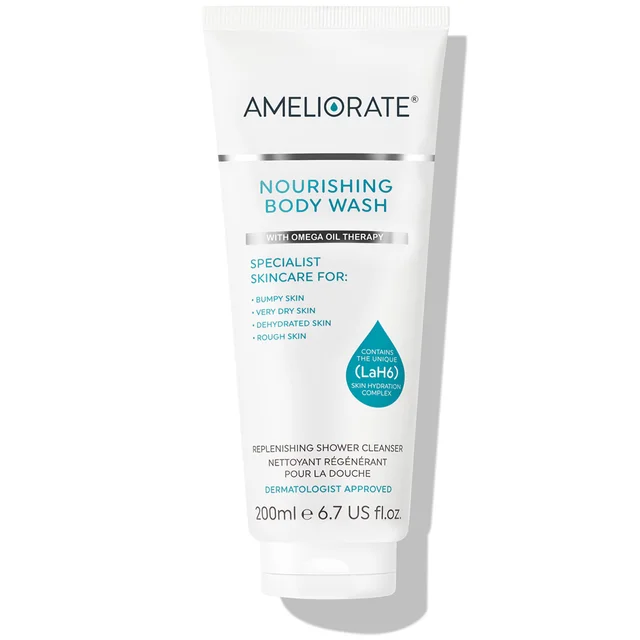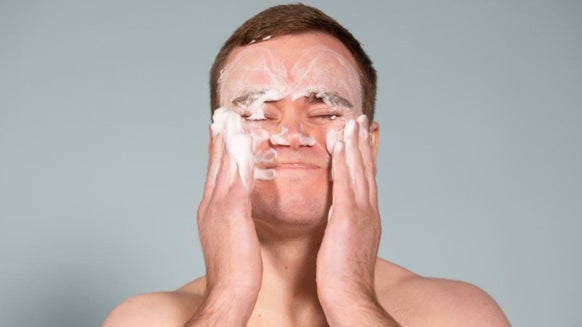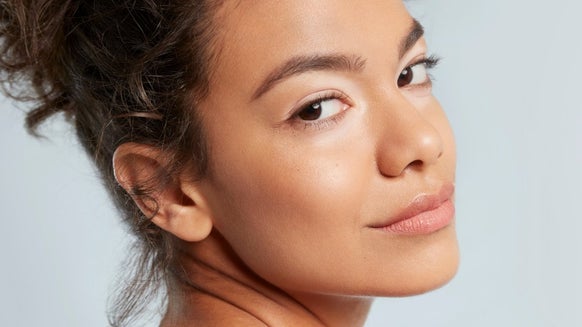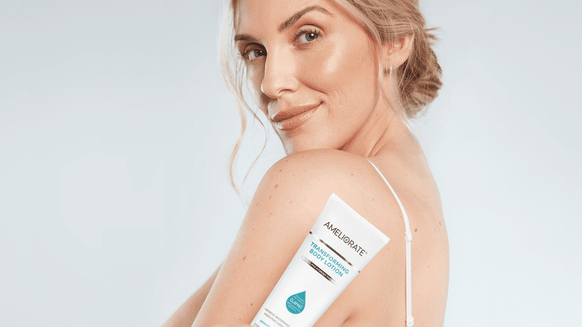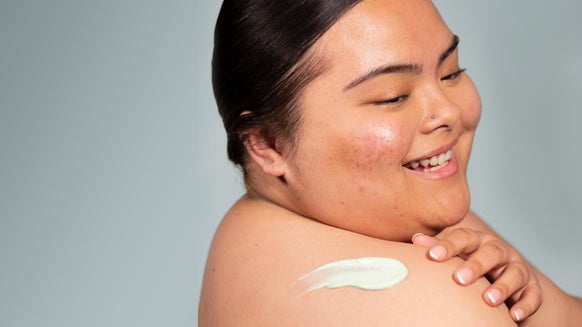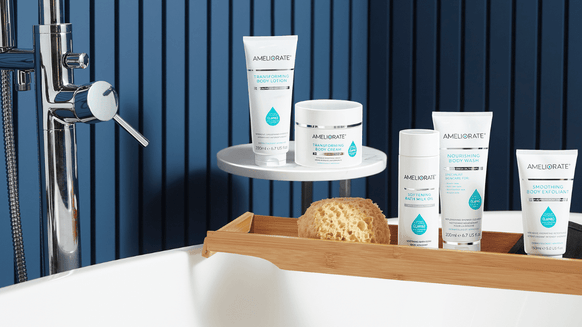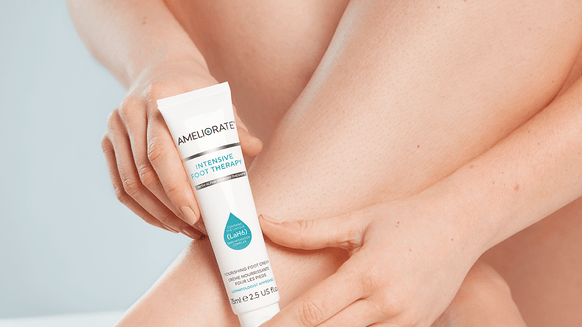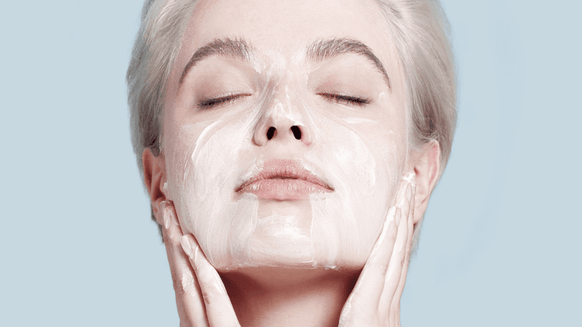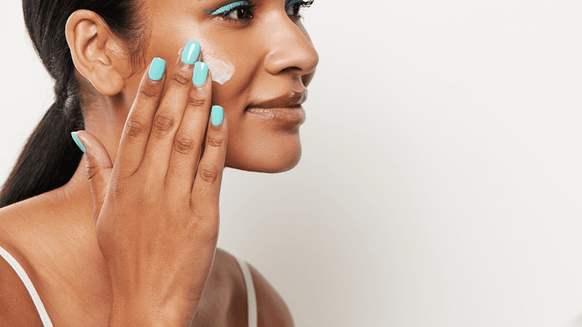How To Check Your Breasts Properly: A Simple Guide
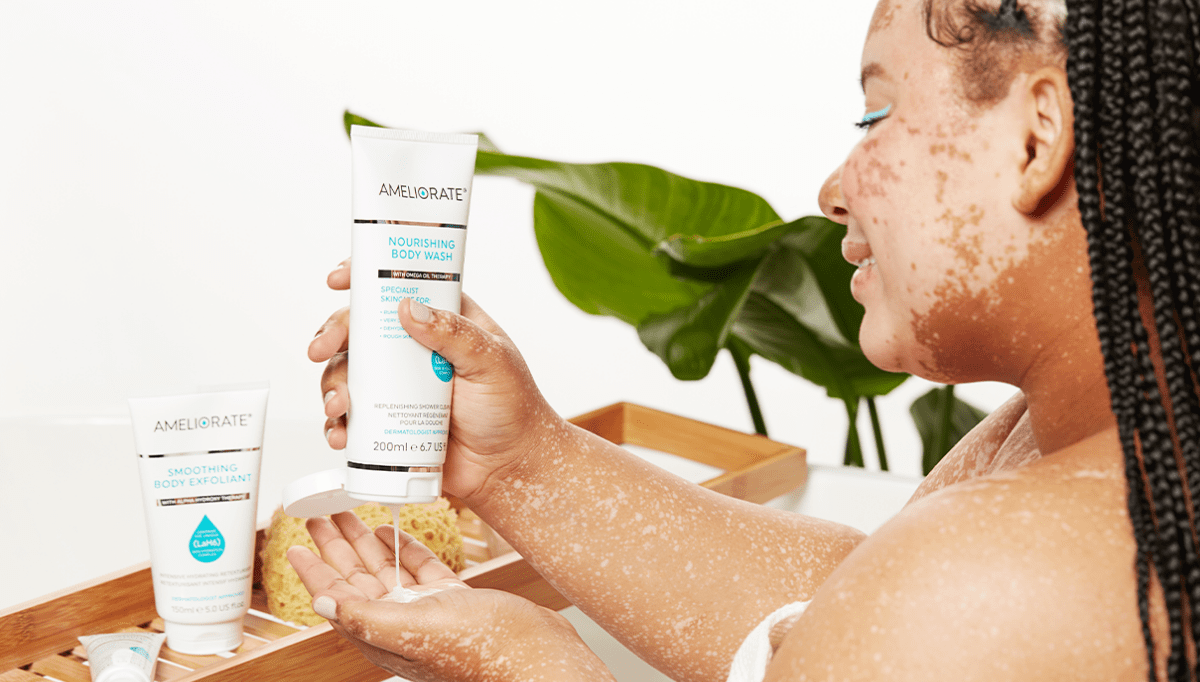
This Breast Cancer Awareness Month, we want to empower you to get to know your body that little bit more. It's very important to check your breasts regularly, so that you can know what's normal for you. That's why we've created an easy and simple guide on how to check your breasts properly.
Why Is It Important To Check Your Breasts?
How often do you check your breasts? If the answer is rarely, or almost never then you might be putting your health at risk. Breast cancer is one of the most common type of cancer in the US. Although most women diagnosed with breast cancer are over the age of 50, younger women can also develop breast cancer. Although rare, breast cancer can also occur in men. It normally happens in men over the age of 60, however it can occasionally affect younger men.
According to statistics, about 1 in 8 women are diagnosed with breast cancer in their lifetime, but if it is detected at an early stage, there's a good chance of recovery. Therefore, it is super important that you regularly check your breasts for any changes and get them checked by your doctor.
What To Look For When Checking Your Breasts
It's important to remember that every woman's breasts are different. The size, shape and consistency differs from woman to woman, and it is also possible for one breast to be larger than the other. Try and get used to how your breasts feel at different times of the month. For example, during your menstrual cycle your breasts may become lumpier and tender, especially around your armpit area near the time of your period. After the menopause though, normal breasts will feel less firm, less soft and not as lumpy.
If you find a lump in your breast, you should always get it checked by your GP. If you do find a lump, try not to worry. It is estimated that about 9 in 10 breast lumps are benign, and a new lump might just be a cyst or fibroadenoma - a non-cancerous growth.
Signs and symptoms of breast cancer can include:
- A new lump, thickening, swelling or bumpy area in one breast or armpit that is new and was not there before.
- A change in the size, shape or outline of your breast.
- A change in the look or feel of the skin on your breasts including puckering, dimpling, redness or a new rash.
- Discharge or fluid from your nipples.
- A change in the position of your nipple - either inverted nipples or pointing differently.
- A rash, scaling or crusting, itchy or red skin on or around your nipple area.
- Pain or discomfort in one breast, especially if it's a new pain and does not go away. Although this is a rare symptom of breast cancer.
How Often Should You Check Your Breasts?
You should perform a breast exam at the same time every month, and it is recommended that you do them 3 to 5 days after your period has started. Your breasts aren't as tender or lumpy at this time in your cycle, so it will be easier to detect any changes. If you have been through the menopause, make sure to do your exam on the same day each month.
How To Check Your Breasts Properly For Abnormalities
There's no right or wrong way to check your breasts, but it's important to know what's normal for you and how your breasts are meant to look and feel.
Stand in front of a mirror with your hands on your hips and your shoulders straight, looking for the following visual symptoms:
- Are your breasts the same size and shape as usual? Can you notice any indentations?
- Can you notice any swelling? Do they feel sore and is there a rash?
- Are there any changes in the colour or texture of your breasts, nipples or armpits? Do they look inflamed or red, crusty, dimpled or puckered?
- Does the position of your nipples look different? Are they protruding or inverted?
- Is there any watery, yellow or bloody discharge coming out of your nipples?
Next, raise your arms above your breasts and notice how your breasts move as you do, as breast cancer can make your breasts less mobile. Then, either while you're standing or sitting, using your index and middle fingers, feel your breasts flat from side to side (using your right hand for your left breast, and your left hand for your right) from your collarbone to the top of your abdomen and from your armpit to your cleavage.
Start at the nipple and slowly move towards the outer edge of the breast, making sure to cover the whole area, doing the same for your armpits. Note any lumps, bumps, swelling and if your skin feels different than usual. You might find it easiest to do this in the shower or bath when using a body wash, running a soapy hand over each breast and under your armpits.
Use our Nourishing Body Wash in the bath or shower to help provide the perfect slip for you to thoroughly check your breasts for abnormalities. This soap-free, pH balanced formula contains natural Omega oils including Starflower, Camelina and our iconic LaH6 Skin Hydration complex to gently cleanse, soften and moisturize your skin. When used regularly, this rich, creamy body cleanser will help to replenish and enhance the skin's natural protective barrier.

Heleayner is an Online Content Editor with over four years' experience in the beauty industry. She has a Bachelor of Arts degree in Beauty Promotion and has interned at a number of media publications including British Vogue, Elle and Stylist. She has a passion for all things skincare, fragrance and loves being in nature.
